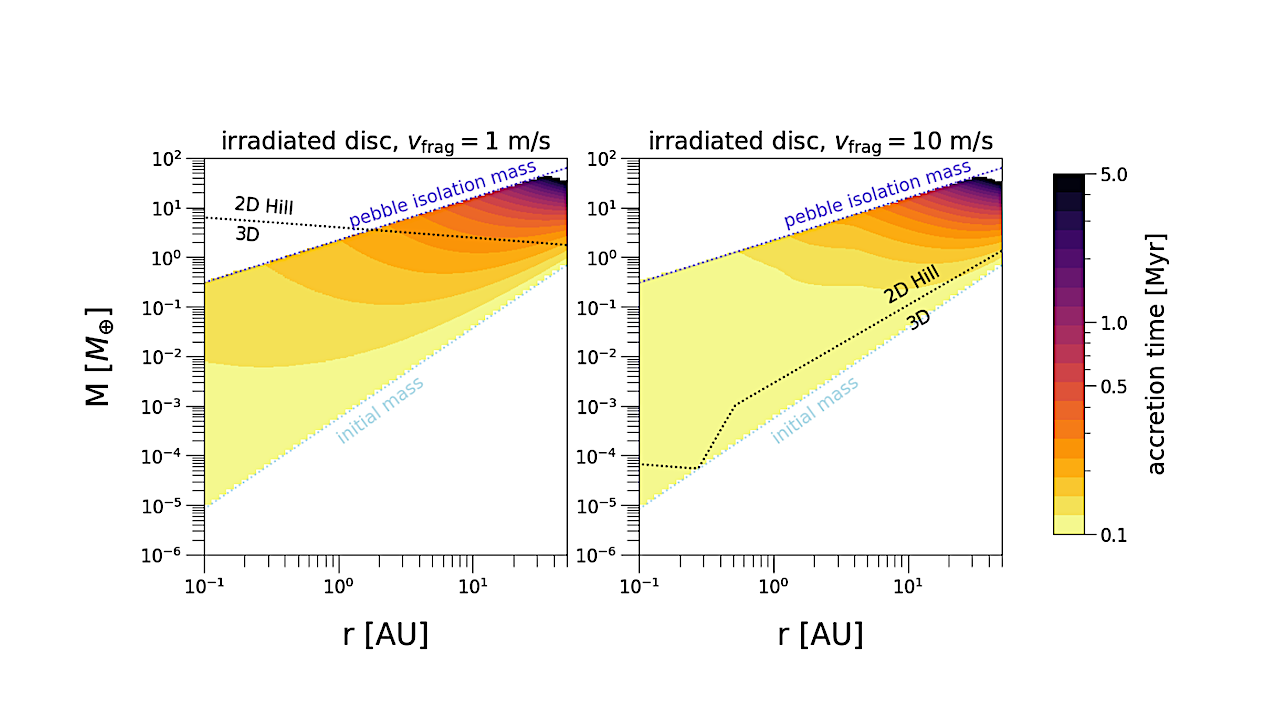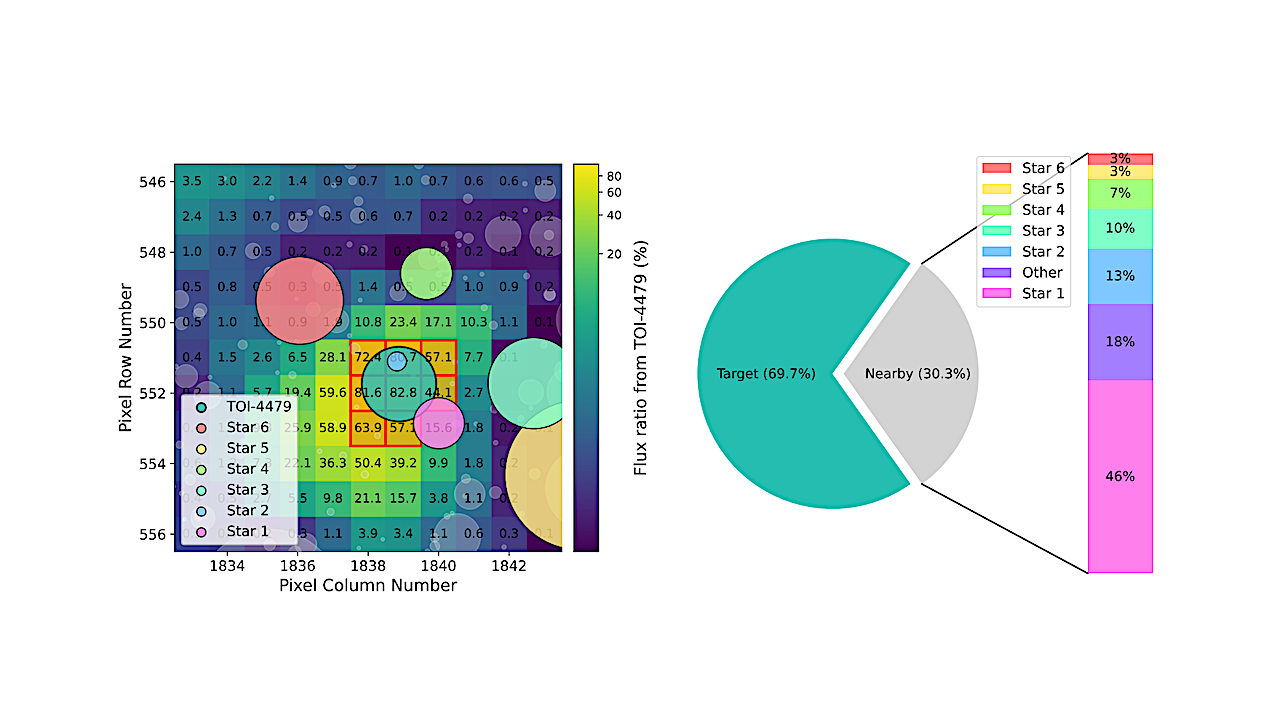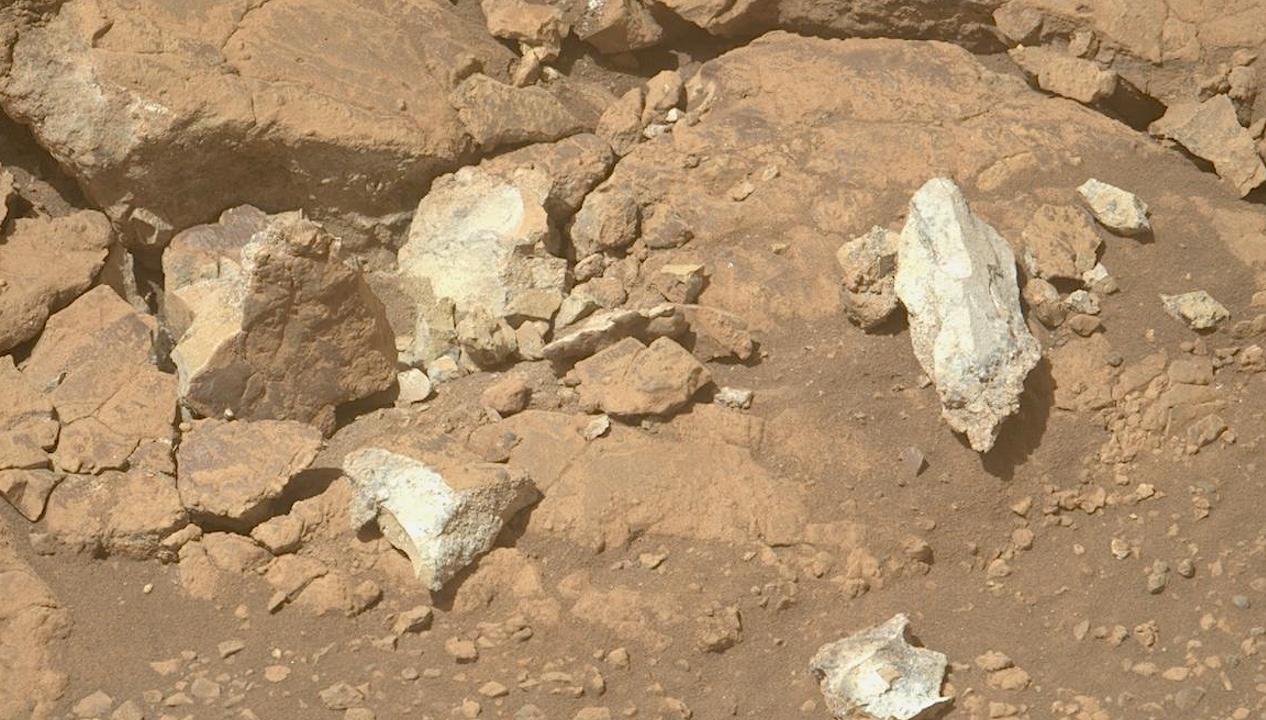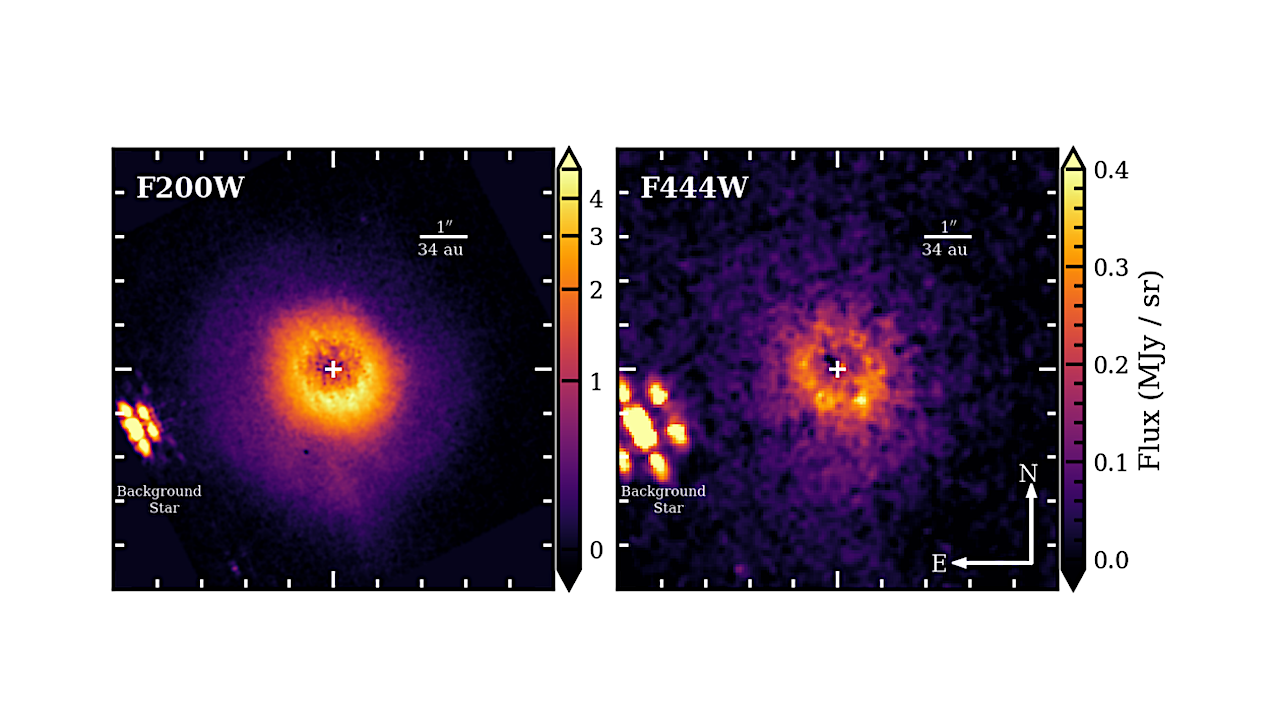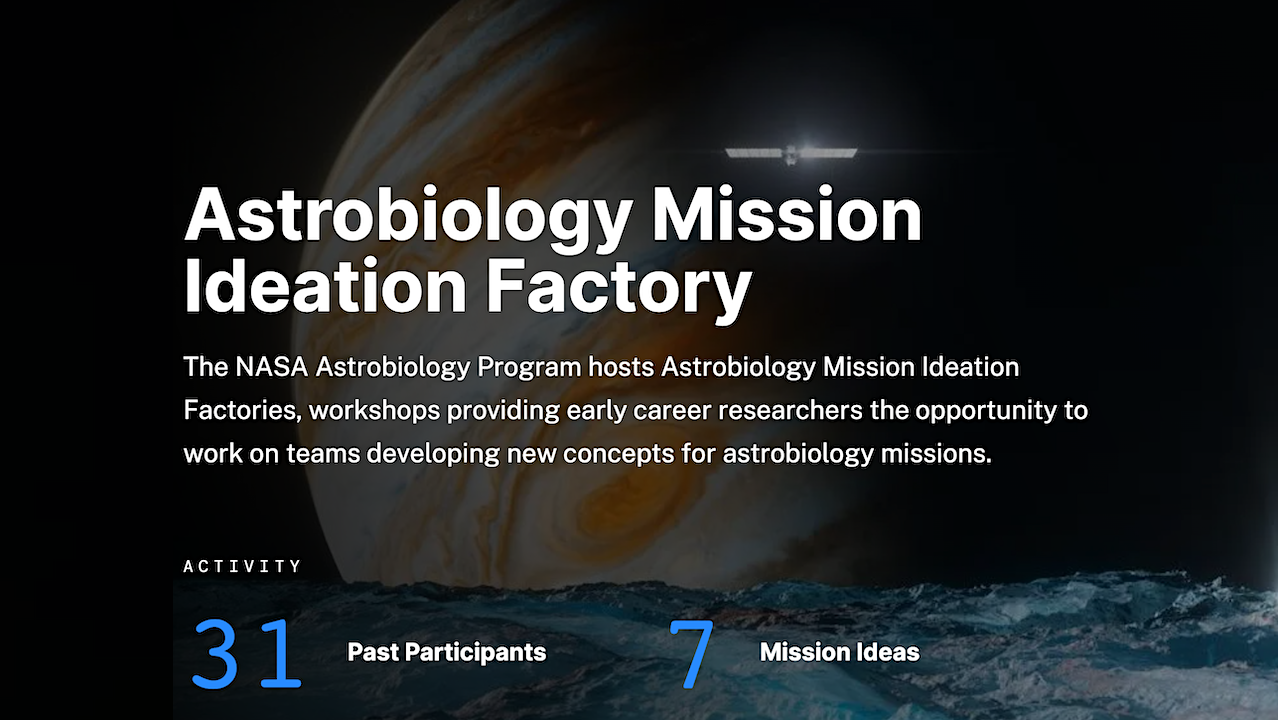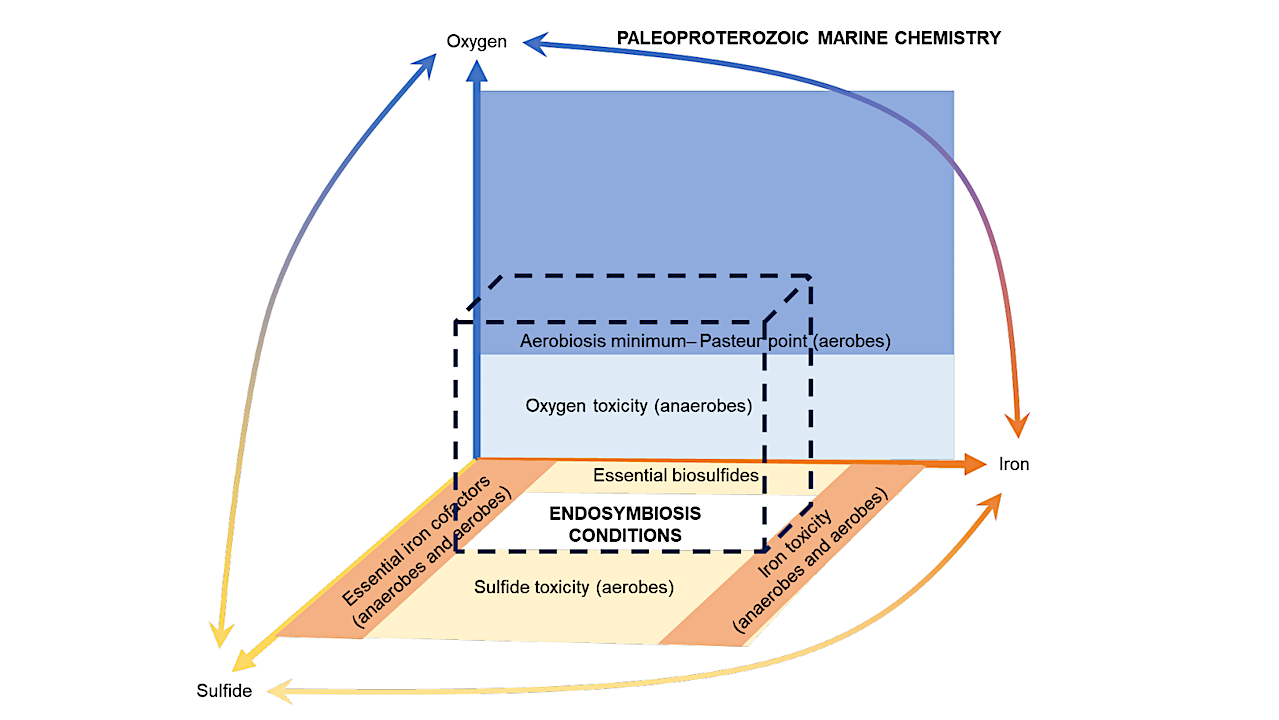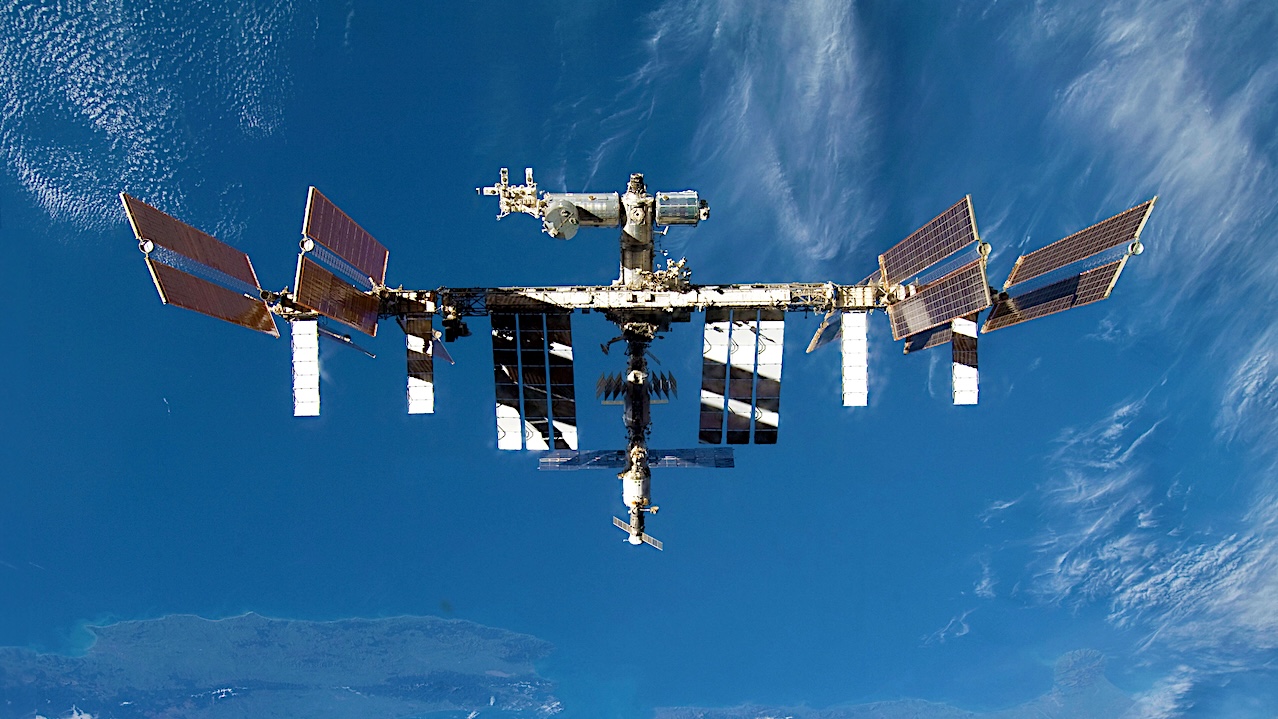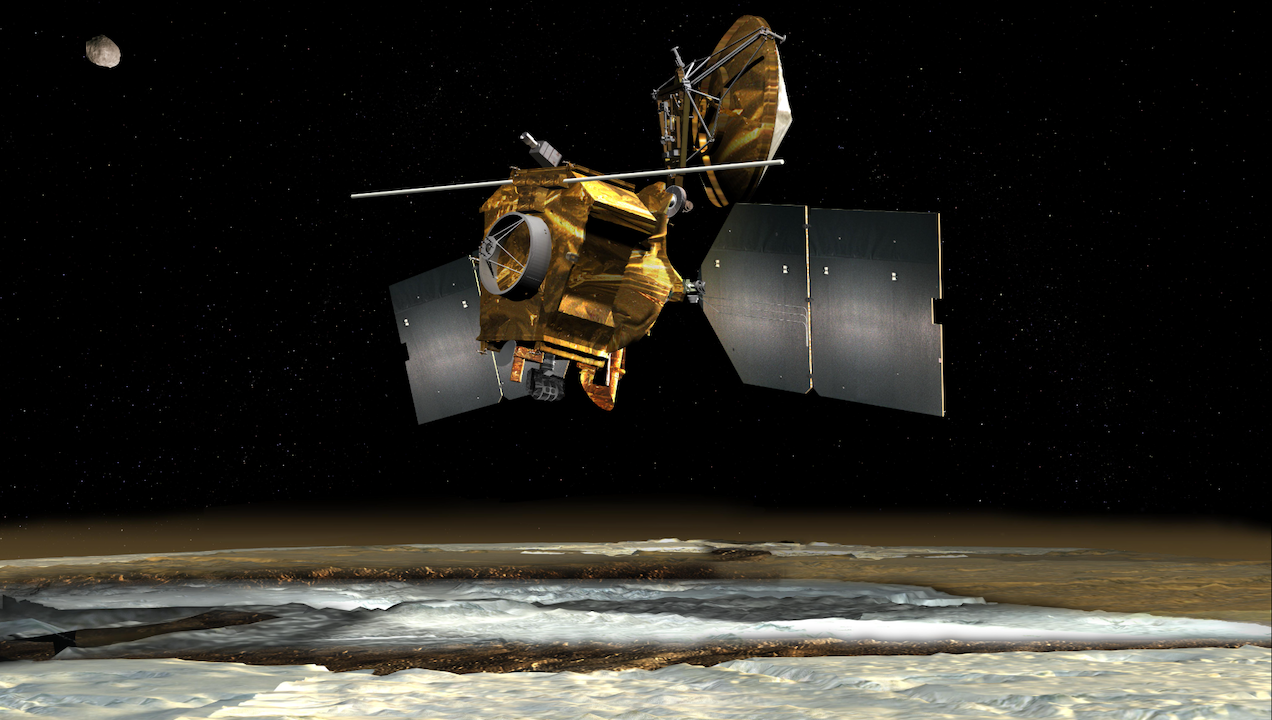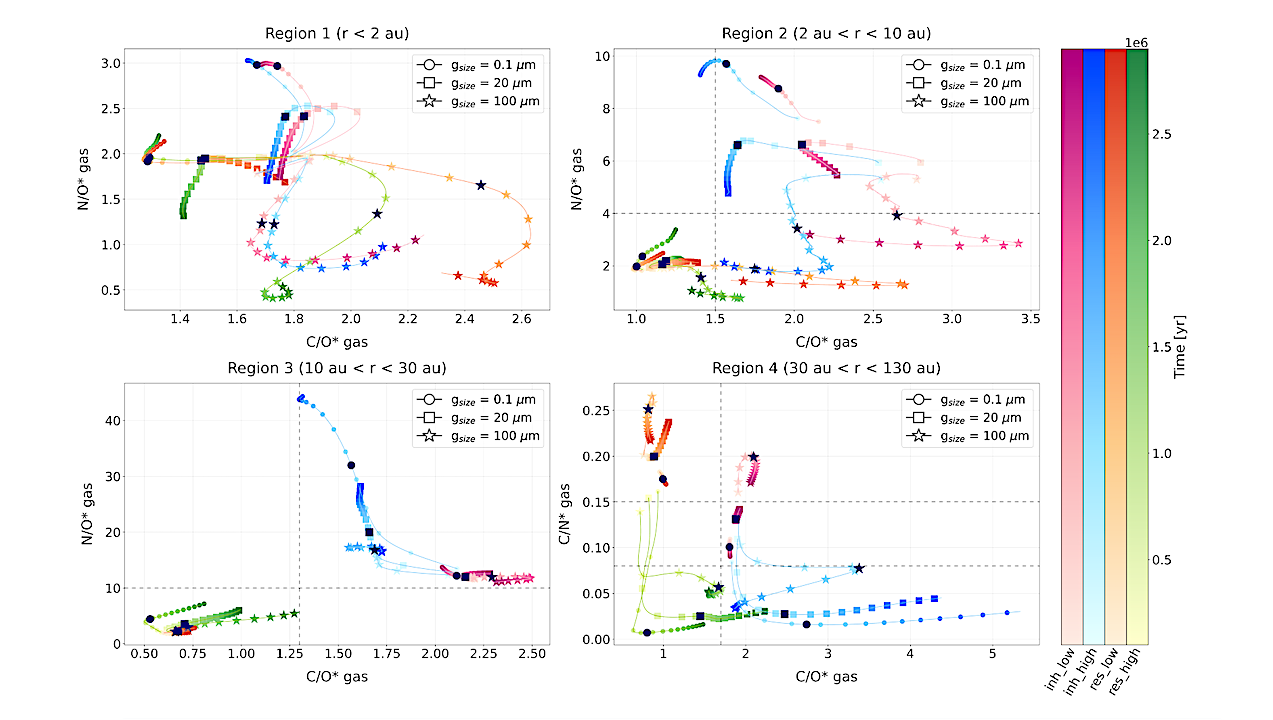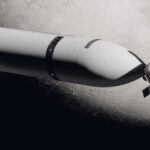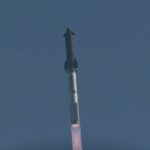Astrobiology Inspires and Enables Exploration — Astrobiology.com Astrobiology.com Editor’s note: the following white paper has been circulated by leaders of the Astrobiology community in March 2025. Please read through it
Astrobiology81- Page
Planetary growth timescales in an irradiated disc, for different fragmentation velocities (vfrag = 1 m/s in the left panel, vfrag = 10 m/s in the right panel). The black dotted
Flux contamination from nearby sources in the photometry of a TESS Object of Interest, TOI-4479. Left: heat map with the pixel-by-pixel flux fraction coming from TOI-4479 in sector 41. The
Keith Cowing Explorers Club Fellow, ex-NASA Space Station Payload manager/space biologist, Away Teams, Journalist, Lapsed climber, Synaesthete, Na’Vi-Jedi-Freman-Buddhist-mix, ASL, Devon Island and Everest Base Camp veteran, (he/him) 🖖🏻 Follow on
Final MCRDI data reductions for TWA 7 in the F200W (left) and F444W (right) filters. Both images are rotated with North up, and the + represents the star location. Each
Astrobiology Mission Ideation Factory The NASA Astrobiology Program is hosting a Mission Ideation Factory focused on the search for life on Ocean Worlds. NASA would like to provide early career
Biochemical requirements and toxicities for oxygen, iron and sulfide restrict conditions for endosymbiosis: Iron, sulfide and oxygen readily react with one another, leading to reservoir fluctuations that characterize Paleoproterozoic marine
International Space Station — NASA This perspective article explores the transformative potential of biomanufacturing in low Earth orbit (LEO) for regenerative medicine. Building on key symposia and workshops, it highlights
Mars Reconnaissance Orbiter — NASA The Mars Reconnaissance Orbiter is testing a series of large spacecraft rolls that will help it hunt for water. After nearly 20 years of operations,
Evolutionary tracks of the elemental ratios over 3 Myr across all considered scenarios. Ratios are shown in pairs across four key compositional regions: within the H2O snowline (Region 1, top-left),
-
 012024 in Review: Highlights from NASA in Silicon Valley
012024 in Review: Highlights from NASA in Silicon Valley -
 02Panasonic Leica Summilux DG 15mm f/1.7 ASPH review
02Panasonic Leica Summilux DG 15mm f/1.7 ASPH review -
 03How New NASA, India Earth Satellite NISAR Will See Earth
03How New NASA, India Earth Satellite NISAR Will See Earth -
 04And Thus Begins A New Year For Life On Earth
04And Thus Begins A New Year For Life On Earth -
 05Astronomy Activation Ambassadors: A New Era
05Astronomy Activation Ambassadors: A New Era -
06SpaceX launch surge helps set new global launch record in 2024
-
 07Space Force plans new ‘Futures Command’ amid pressure to speed up modernization
07Space Force plans new ‘Futures Command’ amid pressure to speed up modernization



